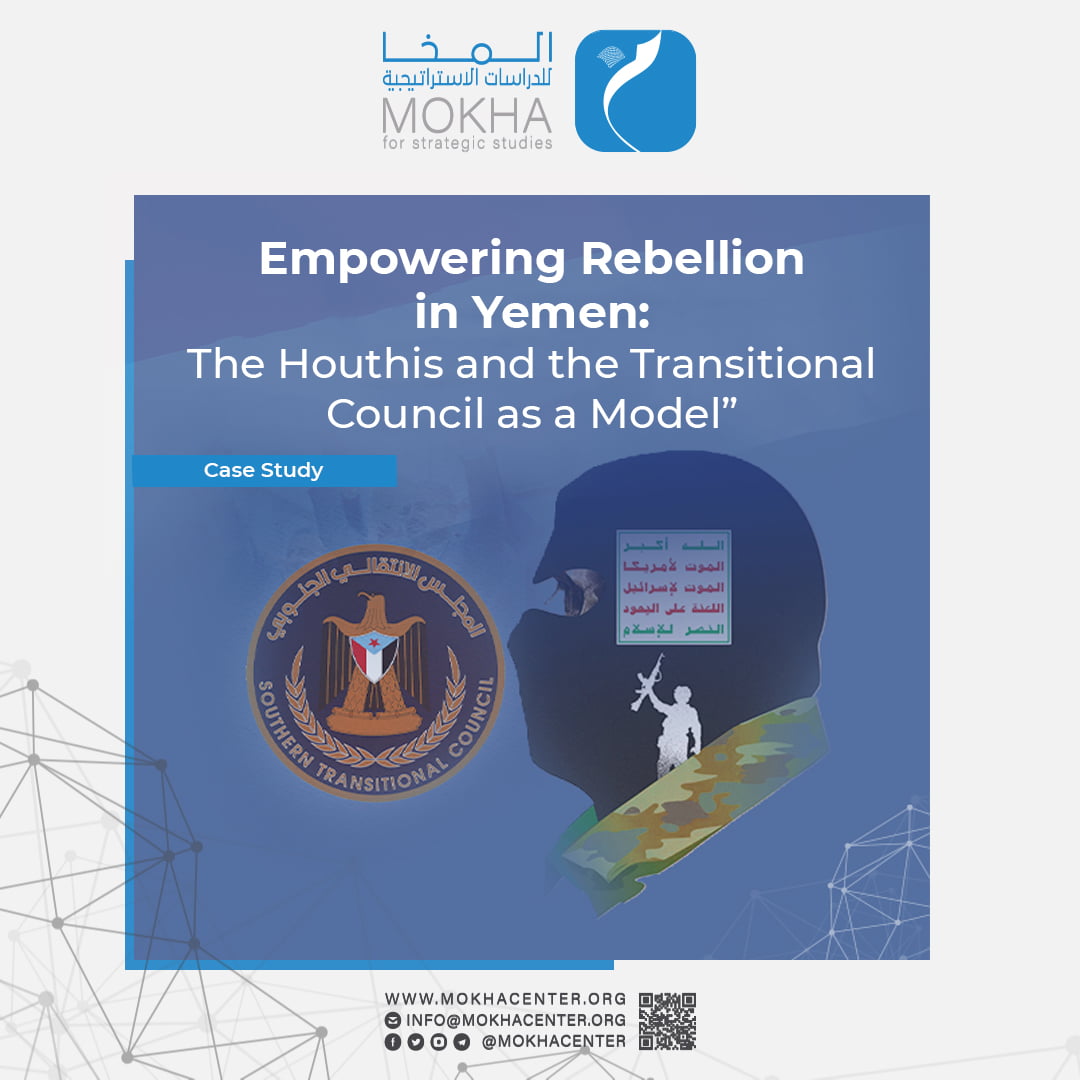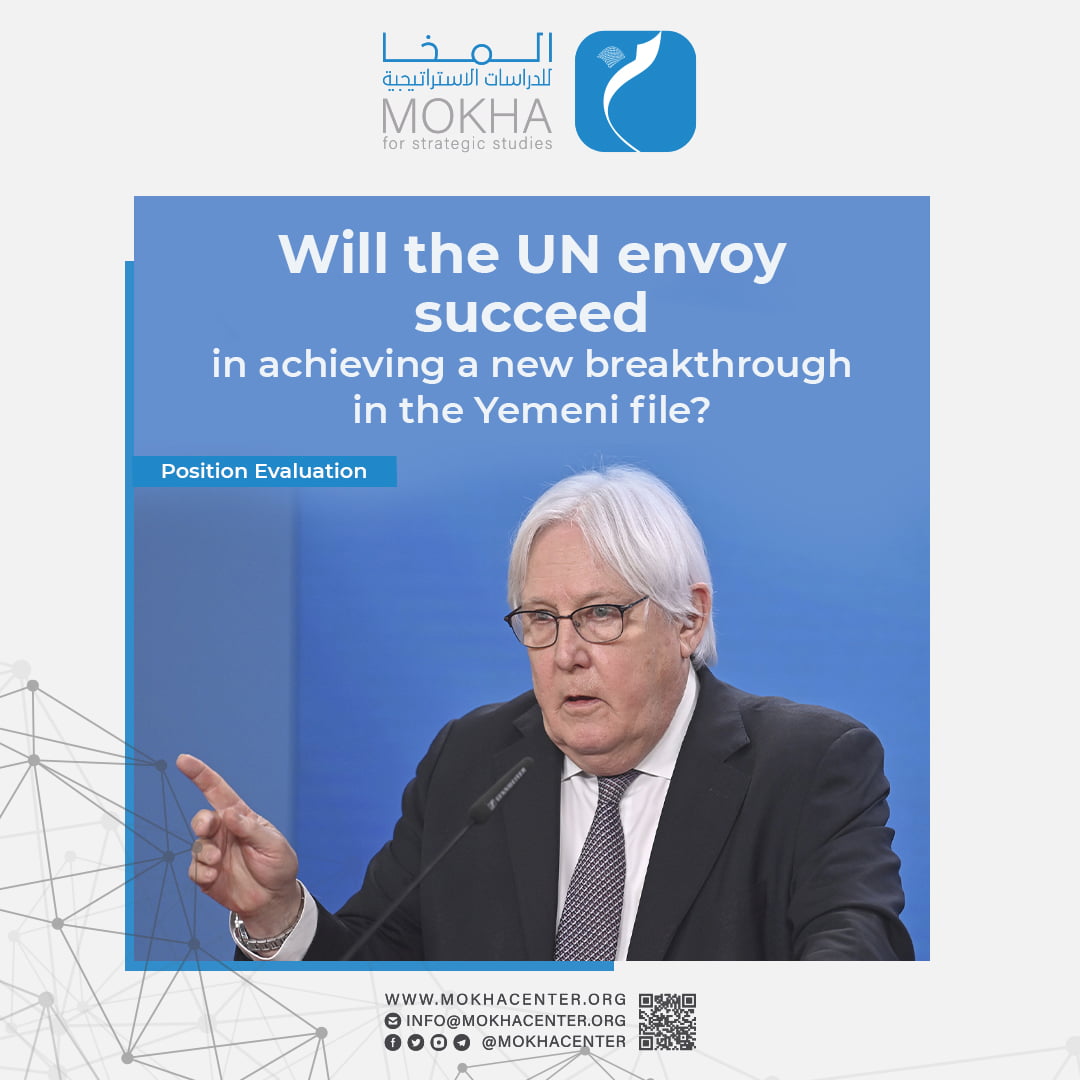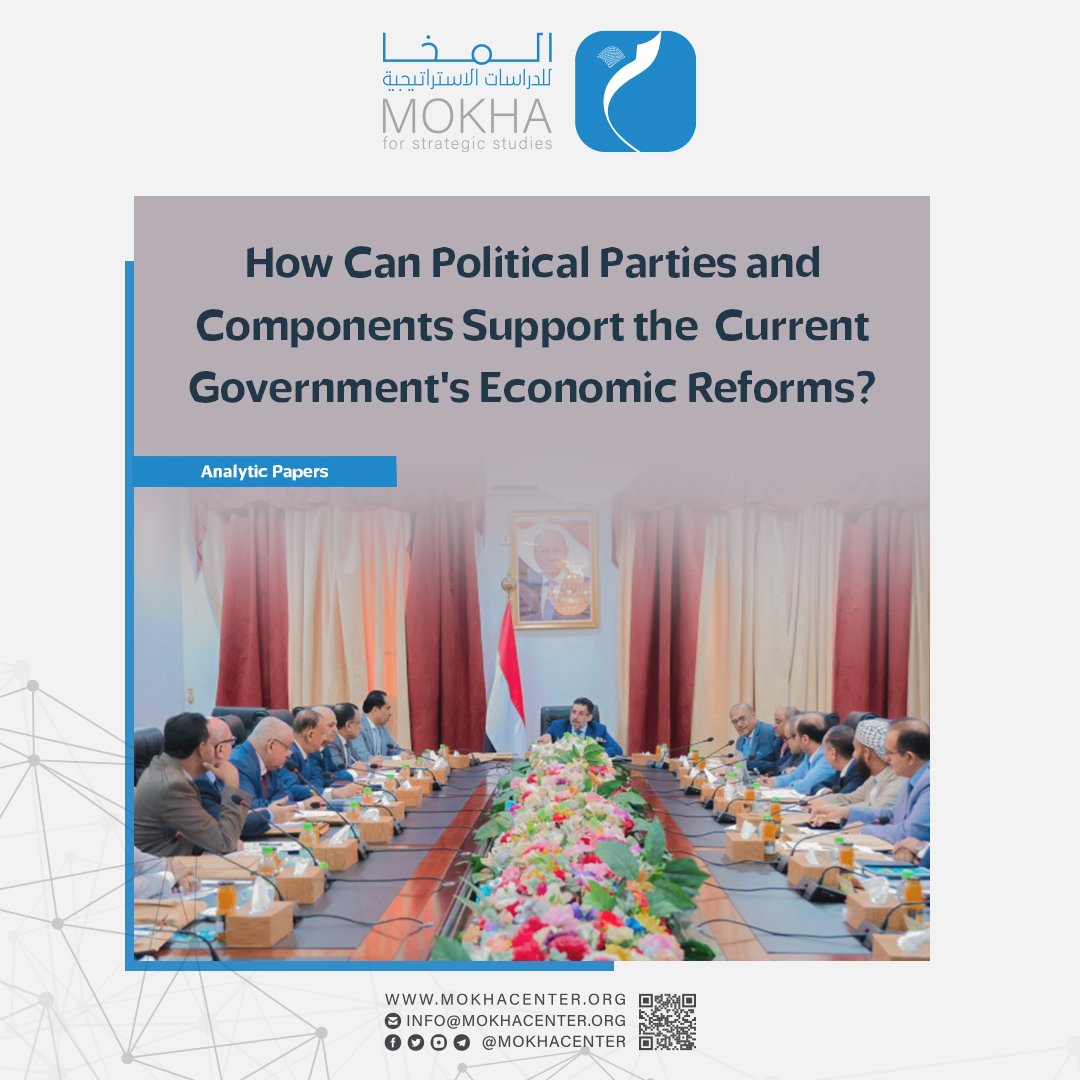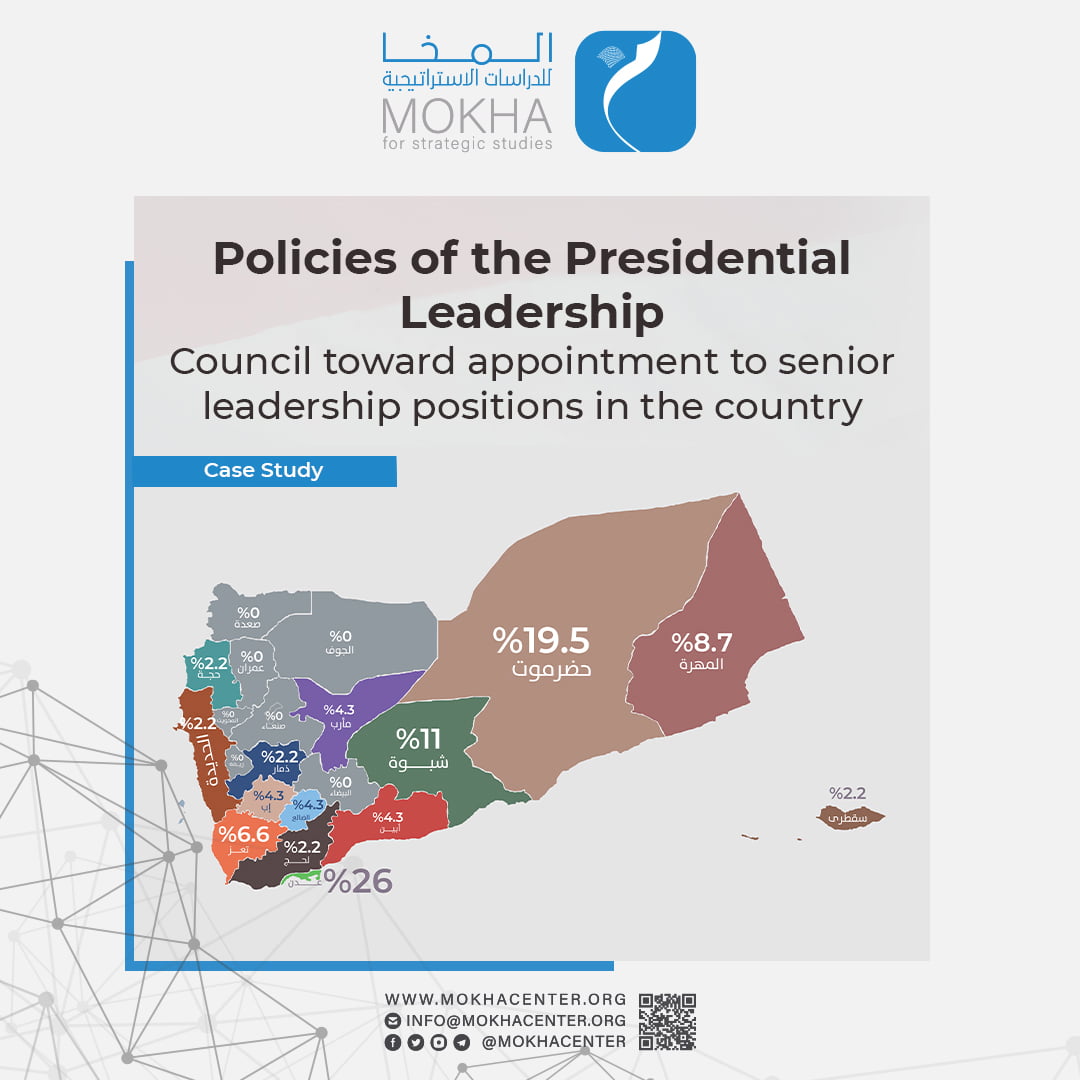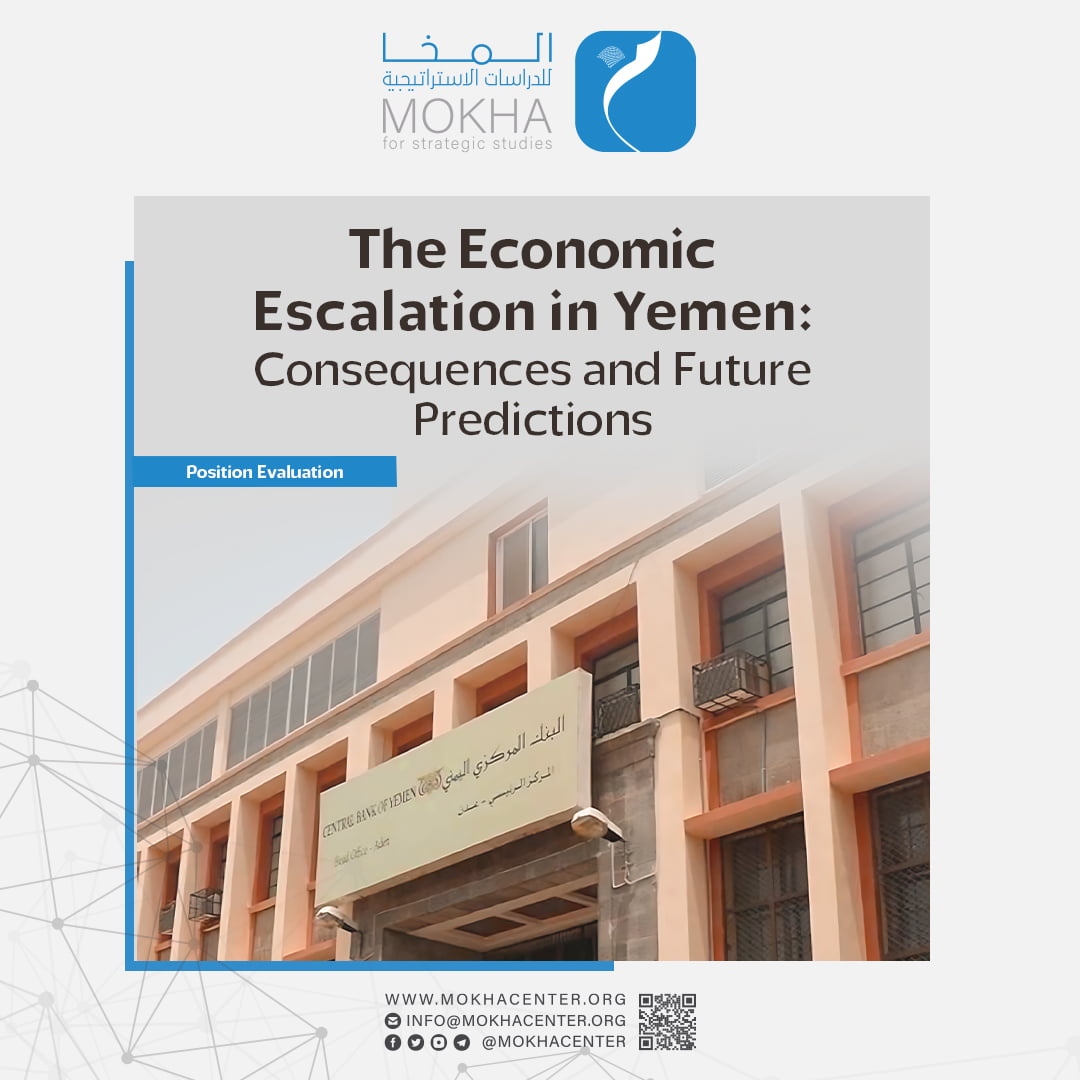The Saudi-Iranian agreement to restore relations between them and its repercussions on the Yemeni file
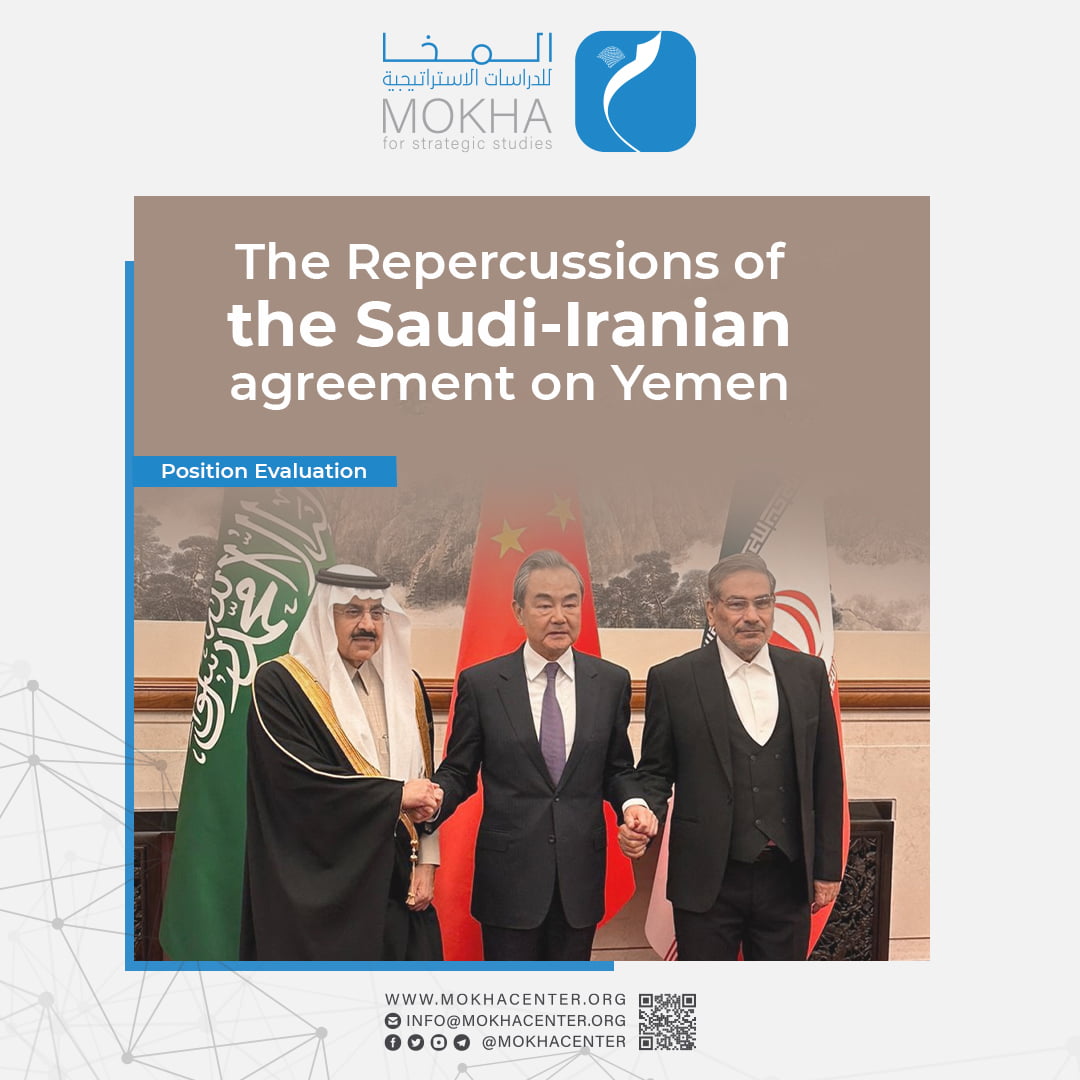
| Getting your Trinity Audio player ready... |
Introduction:
On Friday, March 10, 2023, the Saudi Press Agency announced that Saudi Arabia and Iran had reached an agreement to restore diplomatic relations, re-open their embassies and missions, exchange diplomats within two months, and respect state sovereignty and not intervene in other states’ domestic affairs. According to the joint Saudi-Iranian-Chinese statement, the Saudi and Iranian foreign ministers will later meet to exchange ambassadors and discuss means to strengthen their relations.
The agreement was reached following secret negotiations held in China. The signing of the agreement led to wide reactions, most of them welcoming and a few more cautious.
This agreement can be expected to have repercussions for the region’s overall security situation and especially the track of conflict and peace in Yemen given that Saudi Arabia has continued to pursue negotiations with the Houthi group to reach a political settlement in Yemen. Furthermore, the United States also welcomed any efforts to help end the war in Yemen and calm tensions in the Middle East, and many observers confirm that the Yemeni issue will be the test for the two states’ new stances. This paper will outline the context in which the agreement took place, its significance, the motivations for the two parties, and how it could affect the Yemeni issue.
The context:
Iran and Saudi Arabia lie on opposite sides of the Arabian Gulf. Despite many shared factors the relationship between them, even during the Shah’s rule in Iran, has been one dominated by competition due to Tehran’s policies desiring regional hegemony. However, Khomeni’s arrival to power through the Iranian revolution led to conditions for permanent tension between the two as the regime in Iran relied on a revolutionary ideology that combined the Twelver Shia creed, which is deeply antagonistic towards other Islamic sects, and hidden national ambitions. Khomeini’s regime adopted a policy known as “exporting the revolution.”
(A picture of Khomeni)
With the support of Shia minorities in the region, Iran turned into a strategic and even existential threat for Saudi Arabia and the rest of the Gulf countries. This was reduced only by the bulwark of the Iraq-Iran war (1981-1989), and the American military presence that adopted deterrence against Iran and guaranteed protection for US’ allies in the Gulf on the rule of oil in exchange for security.
During the second term of past US president Barack Obama, there was a transformation in American military strategy, as Obama decided to pull a large number of American forces from the Gulf region and move them to the Pacific Ocean region. The United States and other western nations held long negotiations with Iran on its nuclear program, which ended with an agreement signed in the Swiss city of Lausanne on April 2, 2015. The agreement ignored the Gulf nations’ security fears while lifting a number of international financial sanctions enforced on Iran. This pushed Gulf nations to a state of unprecedented security vulnerability. The agreement was held in light of the escalation of Iran’s regional power after its indirect control over Iraq, Syria, Lebanon and Yemen.
With the arrival to power of current Saudi monarch, King Salman bin Abdulaziz, Saudi Arabia followed a policy of confrontation with Iranian influence and its allies in the region, such as militarily intervening in Yemen on March 26, 2015, thereby raising the level of tension with Tehran. The new Saudi monarch also followed a resolute domestic policy towards the attempts of Iranian influence on the Saudi domestic sphere, such as executing Nimir al-Nimir and a number of other Shia-affiliated activists in Saudi Arabia.
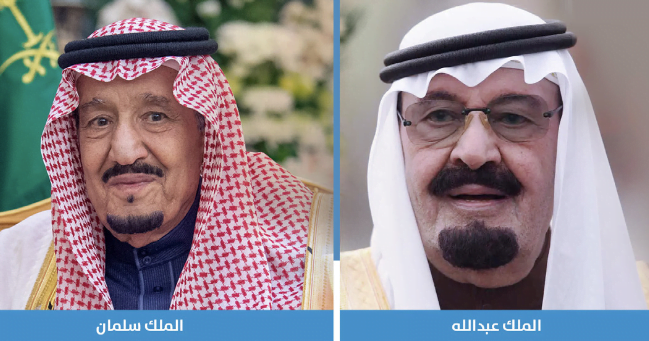
This decision was met with anger by the Iranian authorities, which in turn allowed Iranian protestors to storm the Saudi embassy in Tehran, and burn its consulate in Mashhad. The Saudi foreign minister immediately announced that his country had cut relations with Iran, and demanded the staff of the Tehran embassy to leave Saudi territory within 48 hours, as a number of other Arab and Islamic countries took similar measures.
To fill the security gap left by the American retreat, a number of Gulf countries sought aid from Israel by normalizing relations, which provided Iran with new pretexts for escalation against the Gulf nations. On September 18, 2019, vital oil facilities in Saudi Arabia were subject to attacks which Riyadh held Tehran responsible for. Meanwhile, the Houthi group claimed responsibility for the attacks, whereas international reports confirmed Iran’s responsibility.
Avoiding the risk of direct military confrontation between the two countries, Riyadh engaged in five rounds of talks and negotiations with Tehran in Iraq, with facilitation from the Iraqi and Omani governments.
The last two years saw at least a change in the balance of power between Saudi Arabia and Iran, as the Russian-Ukrainian war provided Saudi Arabia with great influence at the international level due to the increasing need to produce an alternative to Russian natural gas. Saudi Arabia followed policies that displayed a great deal of independence and difference from American preferences, and in some cases even a clear challenge towards them, and which aimed to diversify its security allies and widen its relations with rising international powers like Russia and China.
With the tension in Saudi-American relations, and with the aim of diversifying its security allies, Riyadh looked towards the East, as it invited Chinese president Xi Jinping for a formal visit to Riyadh. It organized a large welcome for him, and held three summits with him: a Saudi summit, a Gulf summit and an Arab summit.
Furthermore, Riyadh drew nearer to Russia, the most prominent indication of which was its push for the “OPEC +” group to take a decision to lower oil production on October 5, 2022, which the American administration declared as support for the Russian president Vladmir Putin in his war on Ukraine.
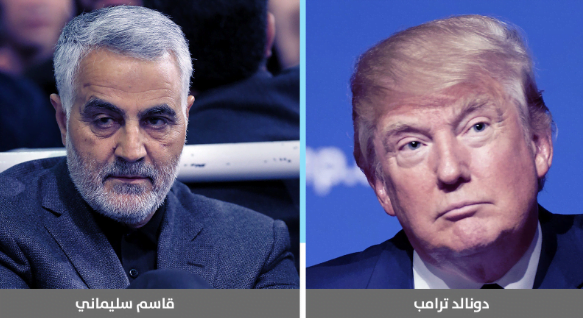
On the other hand, and with undeclared Gulf support, the previous American president Donald Trump announced that his country would back out of the “nuclear agreement” with Iran, placing painful economic sanctions on Iran that forced many nations to cut oil imports from the country. Moreover, at the end of his term, his administration killed Qasem Solemaini, the commander of the Revolutionary Guard-affiliated Quds force, alongside a number of Iran-affiliated Shia militia commanders in Iraq.
Even though the administration of current US president Joe Biden planned a different agenda with regard to Saudi Arabia, Gulf influence and especially the Russia-Ukraine war prevented that.
Meanwhile, domestic protests broke out in Iran in mid-September 2022 over the death of the young woman Mahsa Amini, which spread over a number of Iranian cities and shook the Iranian regime. During this time economic and military facilities were subject to various attacks and cyberwarfare from an unknown source, for which most likely Israel was responsible.
It is in this environment that Saudi Arabia and Iran participated in five rounds of negotiations in Iraq, which most likely discussed all of the factors that led to tensions in their bilateral relations, and both parties’ vision and demands to fix them. While the Saudi foreign minister was on a foreign visit to a number of nations, the world was surprised by the declaration that Riyadh and Tehran had restored relations through a joint Saudi-Iranian-Chinese statement.
Nature of the Agreement and its Importance:
The agreement included the restoration of diplomatic relations between the two countries, reopening their embassies and consulates during a period of no more than two months, confirming respect for state sovereignty and not intervening in domestic affairs, and for the two countries’ foreign ministers to hold a meeting to enact the agreement, arrange the exchange of ambassadors and discuss means of strengthening relations between the two. The agreement also included the enactment of previous cooperation agreements in several fields, most prominently two agreements related to economy and security and that had been signed in 1998 and 2001.
While this is the declared aspect of the agreement, there are naturally many things that were not declared but were agreed upon during the five rounds of talks held in Iraq, and during the dialogue held during the signing of the agreement, which lasted for four uninterrupted days in the Chinese capital of Beijing.

The declaration of the agreement was met by wide international welcome and interest due to the two countries’ importance for the stability of oil resources in the world on the one hand, and on the other hand the negative repercussions from the state of conflict between them on global and regional security and international marine crossings, especially the number of conflicts that spread misery across several countries in the region: Lebanon, Syria, Yemen and Iraq.
Nonetheless, it must be said that the agreement might not deserve the level of interest it has obtained for the following reasons:
1-Iran was forced to the agreement due to the deterioration of its domestic conditions and foreign challenges. As such, it cannot be expected to determine its foreign behavior.
2-The continuation of the primary factors motivating the conflict, in which the two countries will remain in a state of conflict or at least strategic competition, in light of Iran perseverance in its project of hegemony in the region, and perhaps military control over its nations.
3-The experience of relations between the two nations cycling between tensions and cutting off relations to de-escalation and resuming relations.
4- The lack of trust between the two nations, which is what most likely caused Saudi Arabia to hold back from restoring relations directly, but instead only after two months to test Iran’s commitment, after which the two countries’ foreign ministers will meet and arrange the restoration of relations.
Motivations of the Two Sides:
Tehran and Riyadh were moved to sign the agreement by different motivations and aims, which will naturally affect its path and outcomes, in the following manner:
Iran’s Motivations:
It is clear from the wider context that it is Iran in the current state that needs this agreement more, as it is the weaker party due to its unstable domestic conditions, enforced international isolation, and the undeclared regional security alignment against it. As such, it was the keener of the two parties to negotiate, whether in the first rounds in Iraq or later, and it also popularized and promoted the agreement more. It was most likely prompted by the following motivations:
1-Opening a gap in the region to lessen the isolation it suffers from in light of the failure of its attempts to return to an agreement on its nuclear program, or break the economic siege enforced on it, which is increasing due to its stance in support of Russia’s war on Ukraine, and its inability to achieve a breakthrough in its relations with the United States and the European Union.
2-Achieving something to market domestically to lessen the increasing popular frustration and discontent, and break the general impression that the regime is an international pariah, and represents a burden on the Iranian people.
3- Breaking the undeclared security arrangement which includes most of the Gulf nations and Israel, and which is an alignment motivated by real fears of Iranian ambitions in light of the security gap resulting from the American withdrawal from the region.
4- The threat of Saudi intervention in Iran’s affairs, as Tehran accuses Riyadh of having a hand, in addition to other countries, in motivating the popular protests and strikes it is suffering from.
Saudi Arabia’s Motivations:
Saudi Arabia was not the party that initiated dialogue, and did not seem enthusiastic to do so. It expected the dialogue to extend for a longer period of time. Riyadh’s signing of the agreement was a surprise for many observers. It appears that Riyadh engaged with the agreement for the following reasons:
1-Avoiding direct military conflict with Iran, as the continuing pressures on it could push it to direct attacks towards Saudi Arabia according to the logic of “If I go down, I’m taking my enemies with me,” which has been expressed more than once by Revolutionary Guard officials.
2- Lessening military threats, and applying policies of de-escalation which Riyadh has been following lately through reconciliation with Qatar and Turkey. It is also currently following the same track in Yemen.
3- Searching for the available alternatives to protect its security and regional security in light of the state of deep frustration with the unprecedented American policies towards the serious threats the Gulf nations face. While the Houthi group and Iran, as well as other groups loyal to it, have carried out painful attacks against Saudi Arabia and the UAE, the United States remains apathetic despite its declared support. Rather, under the pretext of those threats it pulled out its defense missile systems from the region.
4- Chinese influence, and an attempt to break up the Chinese-Russian-Iranian alliance, as it is in Beijing that the agreement was signed and announced through a shared statement, allowing China to depict itself as a peacemaker. This step completes the first step that was represented in the invitation to the Chinese president to visit Riyadh, and gather the leaders of the region to meet him as aforementioned.|

The Agreement’s Connection with the Yemeni Issue:
Despite the multiple focal points of engagement in the region which could be affected by this agreement, the Yemeni issue is perhaps the issue most related to and affected by the agreement. The Yemeni issue could be directly affected by the agreement for the following reasons:
1-The war in Yemen is more connected to Saudi Arabia’s security and affected by it, as the possibility of it being subjected to attacks by the Houthi group could affect the infrastructure and economic direction needed for Vision 2030, which is the primary political and public slogan of Crown Prince Mohammed Bin Salman.
2- The signing of the agreement was connected with the Saudi disposition aiming to end the war in Yemen, as expressed by Saudi Foreign Minister Emir Faisal Bin Farhan one day before the agreement’s declaration, as he stated that “there are efforts trying to reach a permanent ceasefire, and then the launching of a political process between the Yemeni parties to end this crisis.”
3- The United States National Security Council Spokesperson in his comment on the agreement welcomed “any efforts to aid ending the war in Yemen, and calming the tension in the Middle East region,” which points to the issue of the Yemen crisis as being one of the most important issues to be affected by the agreement.
Reverberations:
Some of the reverberations that could happen in the Yemeni issue in case the agreement is executed are as follows:
1-Massive international momentum to stop the war in Yemen; as it appears Iran will join the nations supporting the path of settlement, as Iran’s representative to the United Nations published a statement in which it welcomed the transformations that will happen in the Yemeni issue. It is not clear if this is based on secret understandings with Saudi Arabia or if it falls under the framework of settling this agreement.
2- It will facilitate policies and steps that Saudi Arabia will follow to solve the Yemeni crisis as part of regional legitimacy, and exiting it as part of a wider regional understanding.
3- It lessens the possibility that the Presidential Leadership Council and Arab alliance will resort to the military option.
4- It could lead to a decline in Saudi support for the internationally-recognized government, especially in terms of military and logistic support.
5-It could lead to the ire of the United States, which could try to coordinate with some parties to break up the agreement, including even the Houthis.
Scenarios:
It must be said that this agreement despite its importance will be only one of the factors affecting the Yemeni issue, in addition to other factors that could have a larger effect, such as: Saudi policies, Houthi behavior, the stance of international powers, not to mention the complications on the ground, and what they entail in terms of a large concentration of complications, which means developments could process on a number of courses. However, most of these are represented in the following scenarios:
First: Continuing on the Path of Settlement
This is due to the agreement providing a regional environment that supports political settlement in Yemen. This would only be come to fruition with Saudi and international desire, and the possible acceptance of the Houthi group with Iranian intervention. As such this scenario could be expected to continue in the following manner:
1- Declaration of an agreement between Saudi Arabia and the Houthi group, all the details of which will not necessarily be announced.
2-An invitation from Saudi Arabia to all Yemeni parties, including the Houthi group, to negotiations, whether in Saudi Arabia or another country.
3-Signing of a declared ceasefire between the internationally-recognized government and the Houthis.
4-Transitioning to the negotiations track, which all parties have become ready for, including the internationally-recognized government, as the Consultation and Reconciliation Committee recently reached a first draft of a Political Vision for Peace document.
Second Scenario: Stubbornness by the Houthi group
In this scenario, the Houthi group would stall the peace process. This could be to blackmail Saudi Arabia and the internationally-recognized government by raising the ceiling of their demands, and as such repeating the scenario of not renewing the ceasefire, like what happened in 2022. This behavior could be due to victor’s confidence, or because of bidding between competing wings within the Houthi group. In any circumstance, this will lead to a number of consequences, such as:
1-Increasing the isolation of the Houthi group, and tightening the noose around it.
2-Exhasuting all means to convince them to take the path of settlement.
3-Participating in preventing Iranian weapons smuggling as the opportunity for smuggling will be narrower due to Iran’s caution to not ruin the agreement or be embarrassed in front of China which made itself the guarantor of the agreement.
4-Increasing the conviction among the international community of the Houthi group’s incapability for peace, and the need for a military operation to push them to negotiating table.
5-A return to the path of war.
Third Scenario: Obstruction
In this middle scenario between the scenario of settlement and renewed war, the first steps would be be in the track towards settlement before being obstructed due to complications in the Yemeni scene, a lack of trust between the different parties, or as a result of Houthi behavior. In this case, peace efforts will be obstructed and will not continue towards achieving a political settlement, but neither will the main parties be able to return to the track of war. Previous experience in Yemen points to this scenario being the most likely
click to download the article“Reactions to the Resumption of Relations between Iran and Saudi Arabia,” Swiss Info, 3/10/2023
“Saudi Arabia cuts its relations with Iran after the escalation of the crisis of Al-Nimir’s execution, BBC Arabic, 1/3/2016
“The attack on Aramco: Washington determined the sites in Iran from which the drones and missiles were sent, BBC Arabic: 9/17/2019:
https://shortest.link/kkyg
“Saudi Defense Minister: We are baffled by the accusations of standing with Russia” Al-Jazeera Net on
10/17/2022,
“Leader of the Revolutionary Guard directs a warning to Saudi Arabia in the midst of a military exercise, CNN Arabic on 10/17/2022
“Saudi Foreign Minister: Our Priority in Yemen is a Ceasefire and Beginning a Political Process Between Yemeni sides” Al-Masdar Online on 3/10/2023
https://almasdaronline.com/articles/270442
“Reaction to the Resumption of Relations between Iran and Saudi Arabia, Swissinfo.
